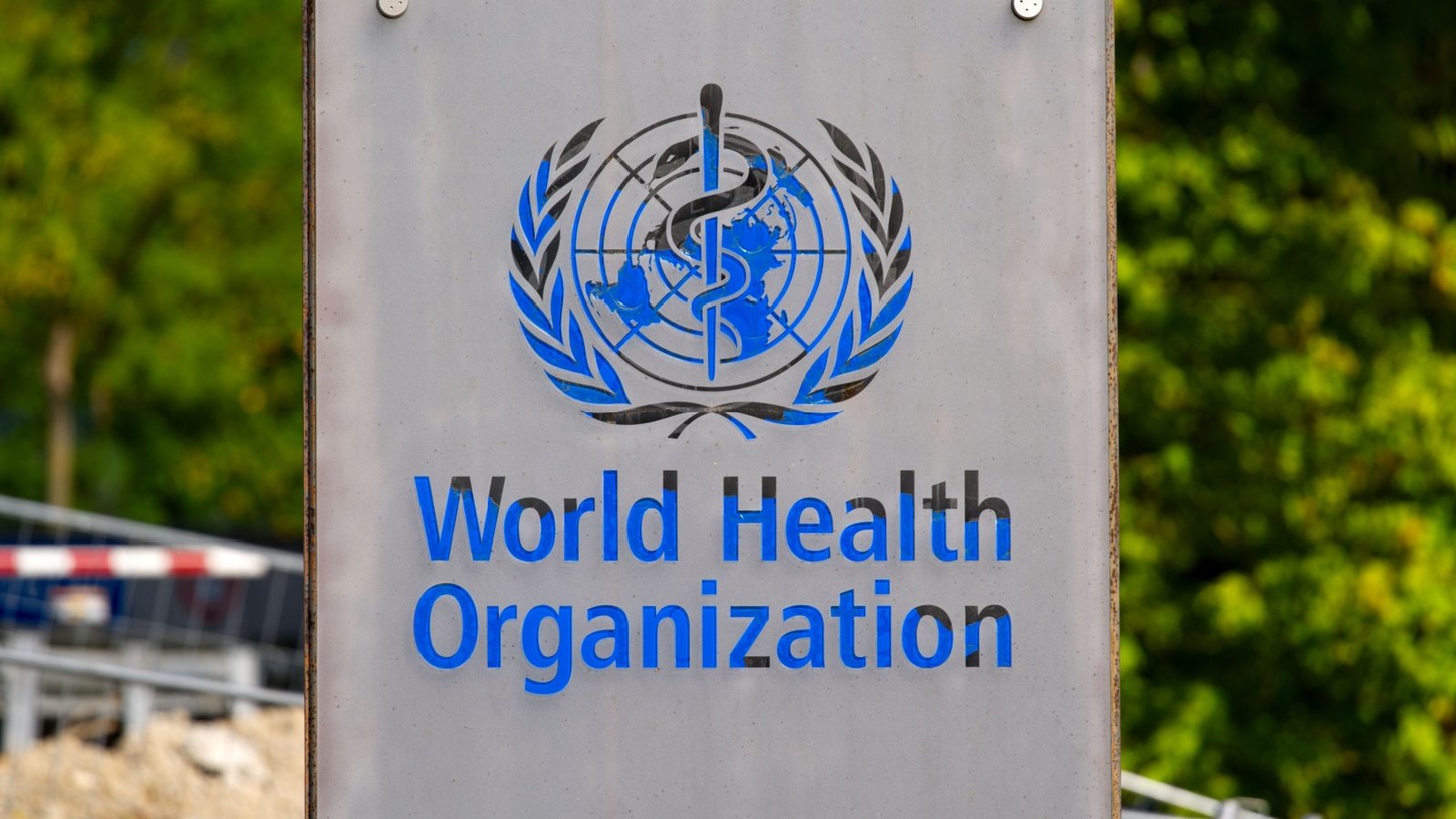Decode your body’s subtle cries for intervention! From moles that send warning signals to swollen, puffy eyes revealing kidney disease, this list reveals the hidden messages your skin and nails convey.
Unusual Moles or Freckles

When you notice a mole or freckle that changes in color, shape, or size, it’s a warning sign. These changes could indicate melanoma, a severe form of skin cancer. Monitoring moles and freckles for any asymmetry, irregular borders, or color variations is crucial. If you observe such changes, consult a dermatologist immediately for a thorough examination.
Persistent Rashes

A rash that won’t disappear might be more than an irritation. It could be a symptom of an autoimmune disease like lupus. These rashes often appear on sun-exposed areas of the body and might feel itchy or painful. Pay attention to rashes, especially those that persist or recur, and seek medical advice.
Yellowing Skin (Jaundice)

Witnessing your skin and eyes turning yellow can be alarming. This condition, known as jaundice, often signals liver problems, such as hepatitis or cirrhosis. Jaundice occurs when your system has an excess of bilirubin, a yellow pigment. If you notice this symptom, it’s important to get liver function tests and medical attention promptly.
Very Dry Skin

Extremely dry skin, especially when accompanied by itching, can be a sign of eczema or psoriasis. In some cases, it might indicate a thyroid issue, particularly if other symptoms like fatigue or weight changes are present. This condition requires more than just moisturizers; it demands a proper diagnosis. Consult your doctor if you have persistently dry, itchy skin.
Darkening of Skin in Folds

If you observe dark, velvety patches in body folds and creases, you might have acanthosis nigricans. This skin change can indicate insulin resistance, a precursor to type 2 diabetes. It is commonly seen in the neck, armpits, and groin area. Early detection can lead to better management of potential diabetes.
Red, Scaly Patches

Red, scaly patches on the skin, particularly on the scalp, knees, or elbows, can signify psoriasis. Psoriasis is an autoimmune condition that causes rapid skin cell growth, leading to these distinctive patches. These areas might be itchy and uncomfortable. Psoriasis often requires specialized treatment, so medical consultation is advised.
Spider Veins

Small, spider-like veins visible on the skin’s surface are known as telangiectasias. They can indicate liver disease, especially if they appear on the upper body. These veins are not harmful themselves but can indicate more serious underlying conditions. If you notice an increase in these veins, consider seeing a doctor.
Bruising Easily

If bruises appear on your body with little or no known cause, it might indicate a blood-clotting issue. Diseases like hemophilia or leukemia can manifest in this way. Additionally, easy bruising can be a side effect of certain medications. Discussing this symptom with a healthcare provider to rule out serious conditions is essential.
Puffy Eyes

Consistently puffy eyes can be a sign of kidney problems, as they often result from fluid retention. Other symptoms to watch for include swelling in the legs and ankles. While sometimes attributed to allergies or lack of sleep, persistent puffiness should not be ignored. A medical check-up can help determine the underlying cause.
Nail Changes

Changes in your nails, such as pitting, thickening, or discoloration, can reveal a lot about your health. These symptoms can indicate psoriasis, fungal infections, or even lung issues. Nail abnormalities should not be overlooked as cosmetic issues. A healthcare professional can provide insights into what these changes mean.
Flushing or Redness of Skin

Experiencing frequent flushing or redness of the skin, especially on the face, might suggest rosacea, a chronic skin condition. However, it can also be a sign of more serious issues like lupus or an allergic reaction. If skin redness is accompanied by pain, swelling, or other symptoms, it’s time to see a doctor.
Skin Tightening

Skin that feels tight, particularly on the face, hands, or feet, might indicate scleroderma, a group of autoimmune diseases that harden the skin. This tightening can be uncomfortable and limit mobility. Early intervention is key, as scleroderma can affect internal organs as well. Consulting a rheumatologist is advisable.
White Patches on the Skin

White patches or spots on the skin, known as vitiligo, are caused by a loss of pigment. While primarily a cosmetic issue, vitiligo can sometimes signal an autoimmune disease. These patches often spread over time. A dermatologist can offer treatments to manage the appearance of vitiligo.
Hives or Welts

Suddenly developing hives or welts can be a reaction to an allergen, but they can also indicate an autoimmune response. Chronic hives, especially when accompanied by other symptoms, require medical attention. They can indicate underlying conditions like thyroid disease or even certain infections. Allergy testing and further investigation might be necessary.
Blue or Pale Fingertips

If your fingertips turn blue or become extremely pale, especially in cold weather, it could be Raynaud’s disease. This condition causes blood vessel spasms that block blood flow to the fingers. While Raynaud’s is often harmless, it can sometimes be linked to more serious health issues like lupus. Medical consultation can provide clarity and treatment options.
Sudden Hair Loss

Experiencing a sudden, significant hair loss can be distressing and may indicate an underlying health issue. This symptom can be related to stress, hormonal changes, or autoimmune diseases like alopecia areata. Addressing sudden hair loss with a healthcare provider to determine the cause and appropriate treatment is important.
Increased Skin Sensitivity

If your skin becomes unusually sensitive to touch or sun exposure, it could be a sign of a systemic issue. Conditions like fibromyalgia or lupus can increase skin sensitivity. This symptom should not be ignored, especially if accompanied by other changes in health. A thorough medical examination can identify the cause.
Sweating Abnormally

Excessive sweating or changes in your usual sweating patterns can be a symptom of thyroid problems or infection. It might also indicate hormonal imbalances or diabetes. If you notice changes in your sweating habits without an obvious cause, seek medical advice for a proper assessment.
Sores That Won’t Heal

Persistent sores or wounds that don’t heal, especially on the feet, can be a sign of diabetes. Poor wound healing can also indicate an immune system problem. These sores can lead to serious complications if not treated promptly. Regular monitoring and treatment from a healthcare professional are crucial.
Peeling Skin

Skin that peels excessively, without an obvious reason, like a sunburn, might indicate an allergic reaction, fungal infection, or an immune system disorder. Peeling skin can also be a reaction to certain medications. If you experience unexplained skin peeling, seek medical advice.
Cold Sores

Frequent outbreaks of cold sores can signify a weakened immune system. While the herpes simplex virus causes cold sores, their recurrence can indicate stress, hormonal changes, or an underlying health issue. Managing stress and maintaining a healthy lifestyle can help, but a healthcare provider should evaluate persistent cases.








